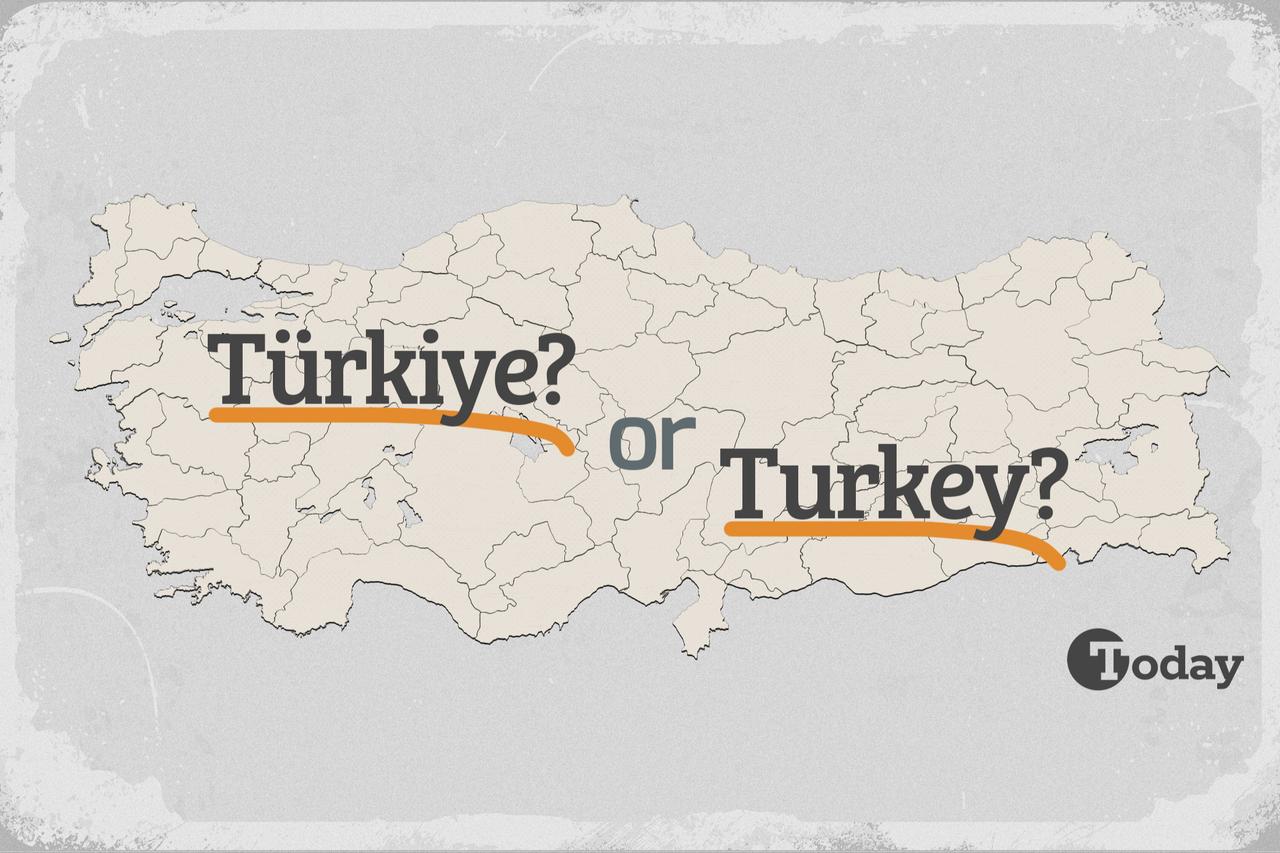
Since mid-2022, Türkiye has asked international partners to use “Türkiye” instead of “Turkey” in foreign-language contexts.
Diplomatic and intergovernmental channels have largely gone along with the request, while usage in foreign media and everyday communication has changed more slowly.
In English, “turkey” is a common word for a domestic bird, which has long fueled jokes, search confusion, and occasional paperwork issues.
The aim of the switch is not only to head off those mix-ups but also to put forward a unified country brand.
The United Nations confirmed in June 2022 that it would use “Türkiye” in foreign-language documents, and many governments moved to do the same in formal dealings.
The U.K. Foreign, Commonwealth & Development Office first used “Türkiye” on June 8, 2022, in its written notices and has kept doing so for official releases, although it still says “Turkey” in practical items like travel advice.
In the United States, the Board on Geographic Names told the State Department it may use “Turkey” and “Republic of Turkey” where that would be clearer for the American public.
Partners in the region show mixed practice: Qatar’s foreign ministry pages in 2023 used both “Turkey” and “Türkiye,” while Russia’s foreign ministry site likewise used both forms, and Kremlin releases after June 2022 wrote the country name as “Türkiye.”
An executive decision in December 2021 set out that exports would carry “Made in Türkiye” instead of “Made in Turkey,” and the government then asked international bodies in mid-2022 to adopt “Türkiye” in foreign-language correspondence.
President Recep Tayyip Erdogan framed the change as part of a broader reset, saying: “From now on, all our international counterparts, our own institutions and organizations, and our citizens will be able to express the name of their state as Türkiye with pride… All our institutions will not use the expression ‘Turkey’ and will completely use the name Türkiye.”
The then-foreign minister Mevlut Cavusoglu said the goal was to “raise the country’s brand value,” and the presidency’s communications chief Fahrettin Altun argued that using “Türkiye” internationally would further strengthen the national brand and reputation.
Coverage abroad treated the shift as a branding effort around the country’s image. The Guardian argued that the change looked to move away from a “Westernized, Anglicized” label in favor of what it called a “neo-Islamist, nationalist-populist” brand.
The Financial Times linked it to a longer push to bolster Türkiye’s image on the international stage.
Writer-translator Mahir Unsal Eris explains that the animal took its English name from trade and older labels like “Turkey hen” for guinea fowl, and over time, the bird kept the name.
He also points out that forms of “Turkia/Turchia/Turkiye” predate the Ottoman Empire: Byzantine emperor Constantine VII used a version of it; Arab sources in the Mamluk era did as well; and Marco Polo wrote “Turchia” for Anatolia.
The modern form gained ground in the 19th century, blending Latin-Greek “Turkia” with Arabic-Persian “Turkiya/Turkiye,” and it was embraced by the national movement when the republic was founded.
Name changes are common worldwide. Some came with independence or new political systems: Ceylon became Sri Lanka in 1972 after gaining independence in 1948; “China” became the People’s Republic of China in 1949.
Many shifts arrived between the 1960s and 1980s as countries in Africa, Asia and Latin America broke from colonial rule.
After 1990, the end of the Soviet Union brought new states and many new official names. Separately, the Netherlands in 2020 chose to foreground “Netherlands” in place of other labels to streamline its brand.
In short, the request has taken hold fastest in official and diplomatic settings, where partners can update style quickly, while media outlets and public-facing materials often fall back on “Turkey” for clarity or habit.
Adoption, therefore, remains mixed across contexts even as the state keeps leaning into “Türkiye.”